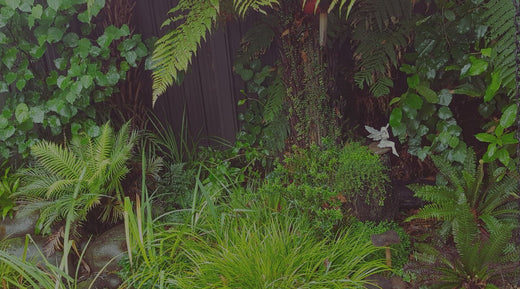Read more from us

Backyard Bounty: Tomatoes
Just when you thought you'd had your fill of tomatoes, here are three unique ideas to see you through the late summer/early autumn harvest.

The strongest link
By now most people are aware of the obvious reasons behind the growing ‘buying local’ trend. Increasingly, it's also about knowing your favourite products will be on the shelves when you need them.

Amberwood: A lush garden haven for birds and bugs
What happens when you plan a garden that puts bugs and birds first? This Tauranga garden has undergone an incredible transformation for the benefit of wildlife.









